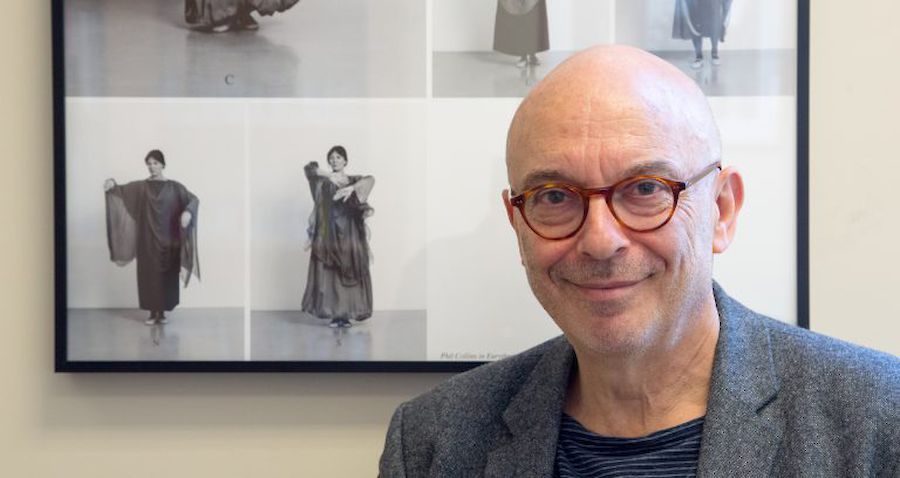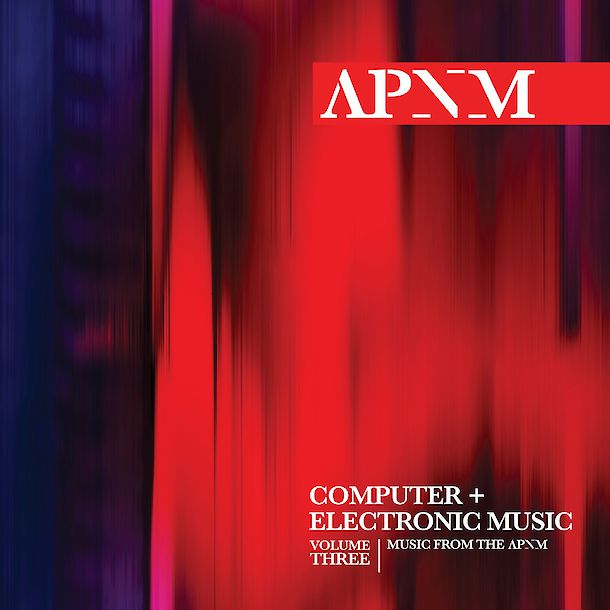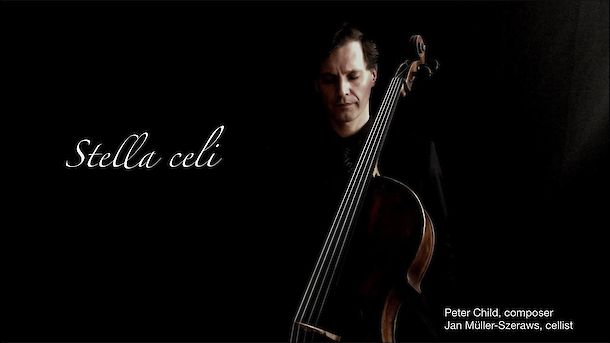About
Peter Child’s composition teachers include William Albright, Bernard Barrell, Arthur Berger, Jacob Druckman and Seymour Shifrin. He earned his Ph.D.[in musical composition] from Brandeis University [in 1981, and] he is presently Professor of Music and a MacVicar Faculty Fellow at MIT. Child’s music has earned awards and commissions from Music of Changes, the Fromm Foundation,the Harvard Musical Association, Tanglewood, WGBH Radio, East and West Artists, the New England Conservatory, the League/ISCM,the MIT Council for the Arts, the Massachusetts Artists Foundation, and the Massachusetts Council for the Arts and Humanities. Some of his music has been recorded for the New World, Albany, CRI, Neuma, Centaur and Rivoalto labels. He is also the recipient of the 2004 Levitan Prize in the Humanities at MIT for his work on musical analysis.
Duo for piano – four hands, in three movements,.reflects the genial tradition of the piano duet, particularly in its outer movements.‘Roundabout’, the first movement, has a double meaning: it refers to the symmetrical form (ABCDADCBA) of the first movement, and to the whirling, playful character of the music (in British English, ‘roundabout’ is another word for ‘merry-go-round’). The middlemovement, ‘Poise,’ is an austere, contemplative melody, soft and slow to the point of endangering the phrase, in parallel twelve-note harmonies that span the keyboard. ‘Varia’ passes through five diverse areas, vividly differentiated in character and material, but allderived, like a set of variations, from a common melodic source. The piece was commissioned by the Hopkins Center at Dartmouth College for the Hirsch-Pinkas Duet. It is affectionately and gratefully dedicated to Evan Hirsch and Sally Pinkas.
Moonsculptures combines jazz tenor saxophone and classical violin and piano. Conceived for Joe Lovano, one of the great jazz artists of our time, the sax part includes ample scope for improvisation and extemporized variation. The violin part, written for Young Nam Kim, a formidable advocate of new music, and the piano part remain within the conventions of concert music. The first movement, Lunar Eclipse, builds a complex edifice around a simple Korean folk tune, ‘O Moon.’ Unlike most ‘cantus firmi,’ the folk tune is freely and elaborately embellished, even hidden, by the saxophone. The second movement, Round Dance, is a rhythmic ‘tour de force’ for the three instruments. An improvised saxophone cadenza provides a transition from the energetic second movement to the peaceablethird, Chorale. This uses the tune Sculpture by Joe Lovano, presented by the violin with traditional four-part harmony in the piano and ruminative, improvised commentary from the saxophone.

Works List
| Title | Year | Instrumentation | Extras | Link |
|---|---|---|---|---|
| Clare Cycle | 1984 | soprano (high), fl/a fl, ob, cl/b cl, vn1, vn2, va, vc, cb, perc, pno | n/a | |
| Embers: A Chamber Opera In One Act | 1984 | mezzo soprano, baritone, fl/a fl, ob, cl/b cl, vn/va, vc, perc, pno/cemb | n/a | |
| Fanfare | 1991 | brass ensemble | n/a | |
| Heracliti Reliquae | 1978 | soprano, fl/picc, ob, cl, vn, vc | n/a | |
| Sonata | 1978 | piano | n/a | |
| Sonatina | 1986 | oboe | n/a | |
| Sonatina | 1990 | piano | n/a | |
| String Quartet | 1987 | n/a | ||
| String Quartet No. 2 | 1989 | n/a | ||
| The Great Panjandrum | 1988 | soprano and piano | n/a | |
| Wind Quintet | 1983 | fl/picc, ob, cl, hn, bsn | n/a | |
| Title | Year | Instrumentation | Extras | Link |
Upcoming & Recent Events
Friday, March 14th 2025
Friday, May 10th 2013
8:00 PM
Spring 2013 Concert
Schedule
Related Albums




